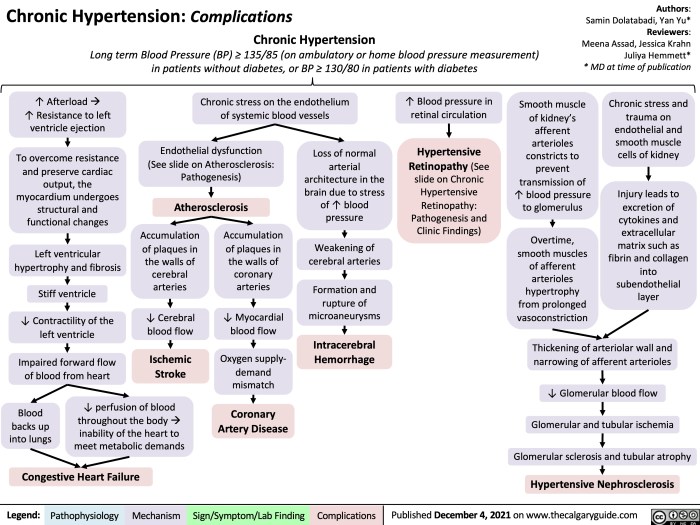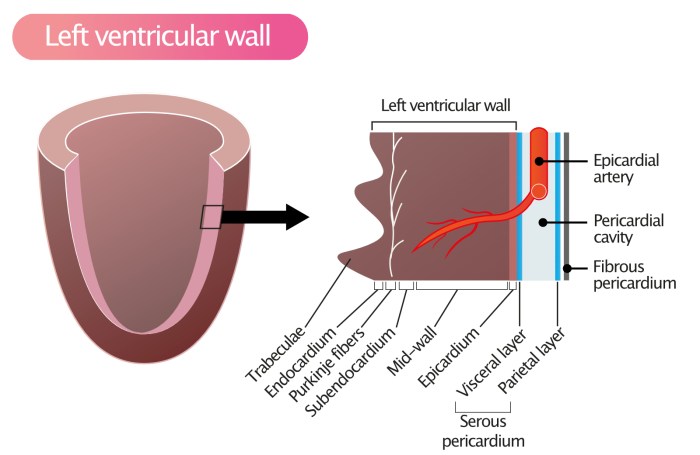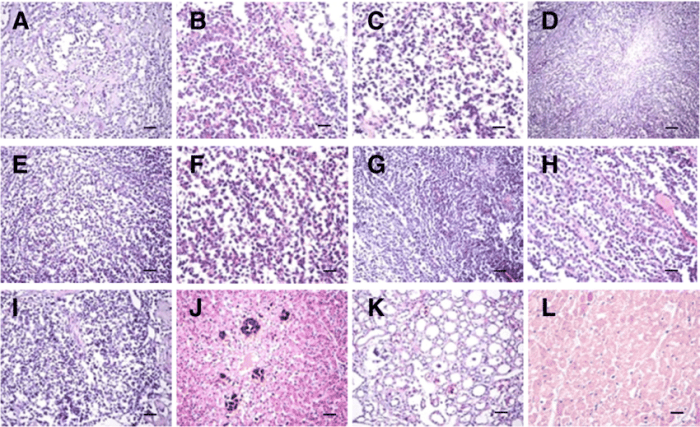Chronic elevation of myocardial wall tension results in atrophy. – As chronic elevation of myocardial wall tension results in atrophy, this opening passage beckons readers with gaya akademik dengan tone otoritatif into a world crafted with good knowledge, ensuring a reading experience that is both absorbing and distinctly original.
Chronic elevation of myocardial wall tension sets in motion a cascade of cellular and molecular events that ultimately lead to cardiac atrophy. This process involves intricate signaling pathways, transcription factors, and epigenetic modifications, resulting in structural and functional alterations within the myocardium.
Physiological Mechanisms Underlying Cardiac Atrophy

Chronic elevation of myocardial wall tension triggers a cascade of cellular and molecular events leading to cardiac atrophy. This process involves the activation of signaling molecules, transcription factors, and epigenetic modifications.
Signaling Molecules
- Increased wall tension activates the renin-angiotensin-aldosterone system (RAAS), leading to increased production of angiotensin II, which promotes inflammation and fibrosis.
- Activation of the sympathetic nervous system (SNS) releases catecholamines, which stimulate protein degradation and inhibit protein synthesis.
- Activation of the nuclear factor kappa B (NF-κB) pathway promotes the expression of pro-inflammatory cytokines and induces apoptosis.
Transcription Factors
- Atrogin-1 (MAFbx) is a transcription factor that promotes protein degradation. Its expression is increased in response to chronic wall tension.
- Forkhead box O1 (FoxO1) is a transcription factor that inhibits protein synthesis. Its expression is also increased in response to wall tension elevation.
Epigenetic Modifications, Chronic elevation of myocardial wall tension results in atrophy.
- Histone deacetylation and DNA methylation are epigenetic modifications that can repress gene expression. These modifications are increased in response to chronic wall tension and contribute to the atrophic phenotype.
Impact on Myocardial Structure and Function

Chronic wall tension elevation leads to structural and functional alterations in the myocardium. These changes include:
Structural Alterations
- Reduced myocyte size and number
- Increased interstitial fibrosis
- Disorganized sarcomere structure
- Thickening of the myocardial wall
Functional Consequences
- Impaired contractile function
- Reduced compliance
- Electrical abnormalities (e.g., arrhythmias)
Clinical Implications and Therapeutic Strategies: Chronic Elevation Of Myocardial Wall Tension Results In Atrophy.

Chronic myocardial wall tension elevation is associated with several clinical conditions, including:
- Hypertension
- Aortic stenosis
- Ischemic heart disease
- Congestive heart failure
Therapeutic strategies aimed at mitigating atrophy and improving cardiac function include:
- Pharmacological interventions (e.g., ACE inhibitors, β-blockers)
- Mechanical unloading devices (e.g., ventricular assist devices)
- Lifestyle modifications (e.g., exercise, weight loss)
Animal Models and Experimental Studies

Animal models have been used to study chronic myocardial wall tension elevation-induced atrophy. Here is a table summarizing key findings from these models:
| Species | Experimental Method | Key Findings |
|---|---|---|
| Rat | Aortic banding | Increased wall tension, reduced myocyte size, increased fibrosis |
| Mouse | Transverse aortic constriction | Increased wall tension, impaired contractile function, increased inflammation |
| Dog | Rapid ventricular pacing | Increased wall tension, reduced compliance, electrical abnormalities |
These models provide valuable insights into the mechanisms and potential therapeutic targets for cardiac atrophy.
Advantages and Limitations
Advantages:
- Allow for controlled manipulation of wall tension
- Enable detailed characterization of structural and functional changes
Limitations:
- Species-specific differences may limit translatability to humans
- Animal models may not fully recapitulate the complex pathophysiology of human disease
Questions Often Asked
What are the key signaling molecules involved in chronic elevation of myocardial wall tension-induced atrophy?
MAPKs, Akt, and AMPK are among the key signaling molecules implicated in this process.
How do transcription factors contribute to the atrophic response?
Transcription factors such as GATA4, MEF2, and FoxO1 play crucial roles in regulating gene expression during atrophy.
What are the potential therapeutic targets for mitigating chronic elevation of myocardial wall tension-induced atrophy?
Pharmacological interventions targeting signaling molecules, mechanical unloading devices, and lifestyle modifications are potential therapeutic avenues.